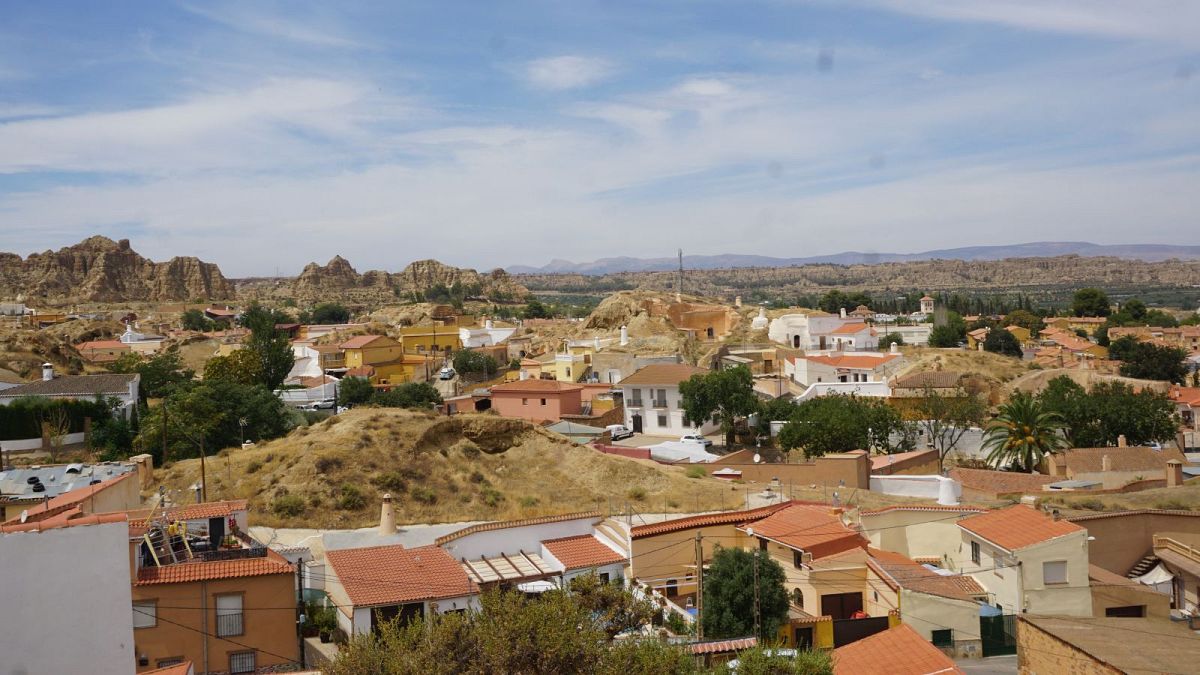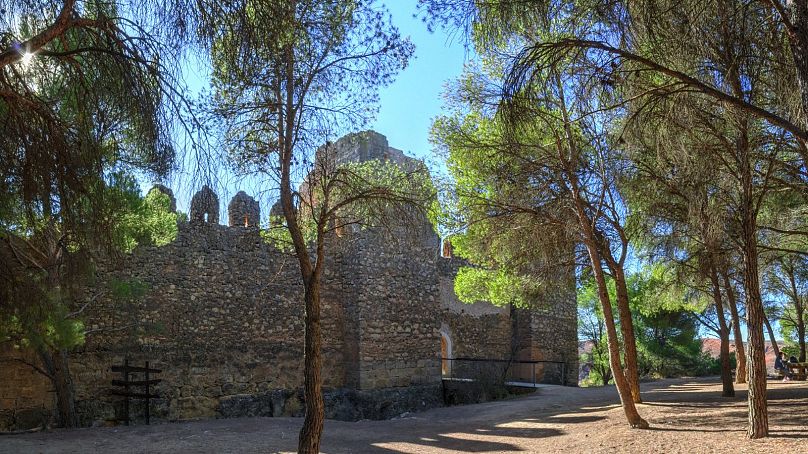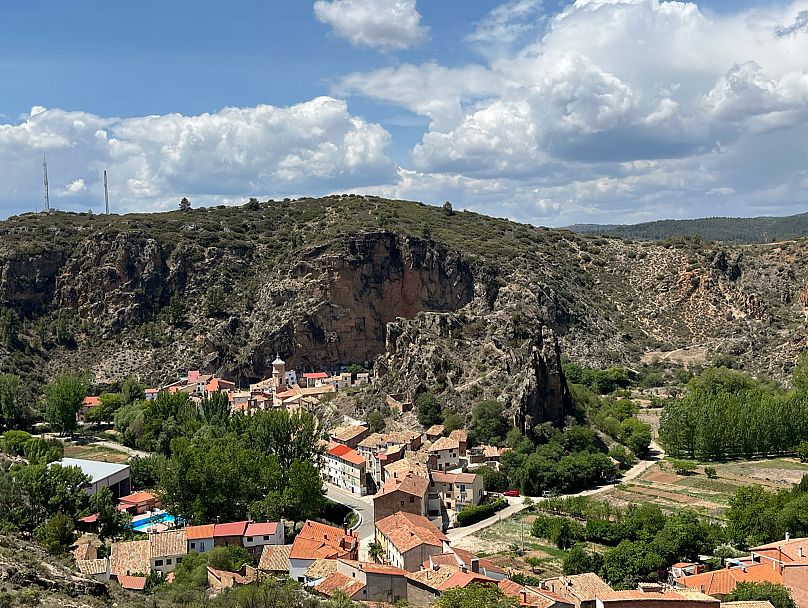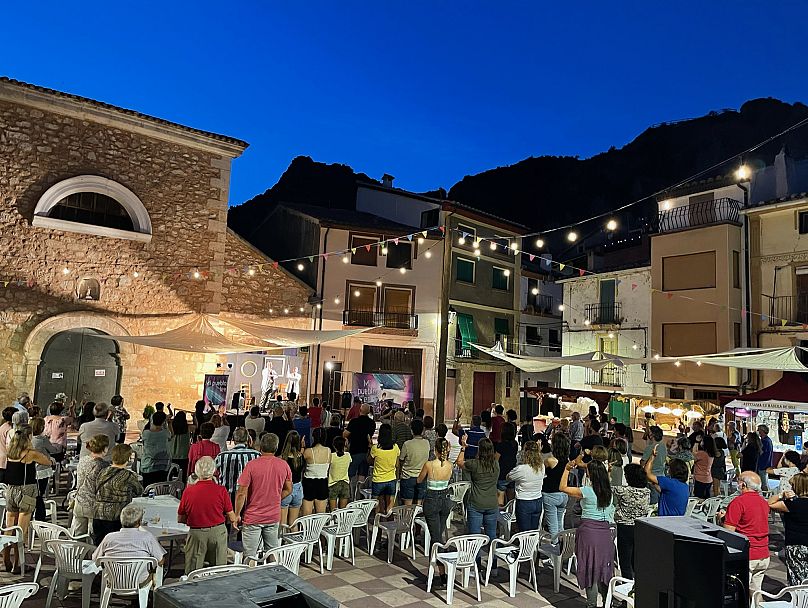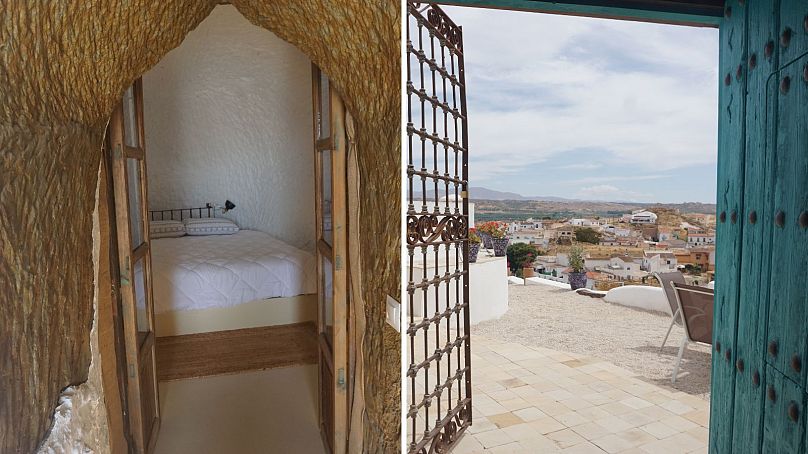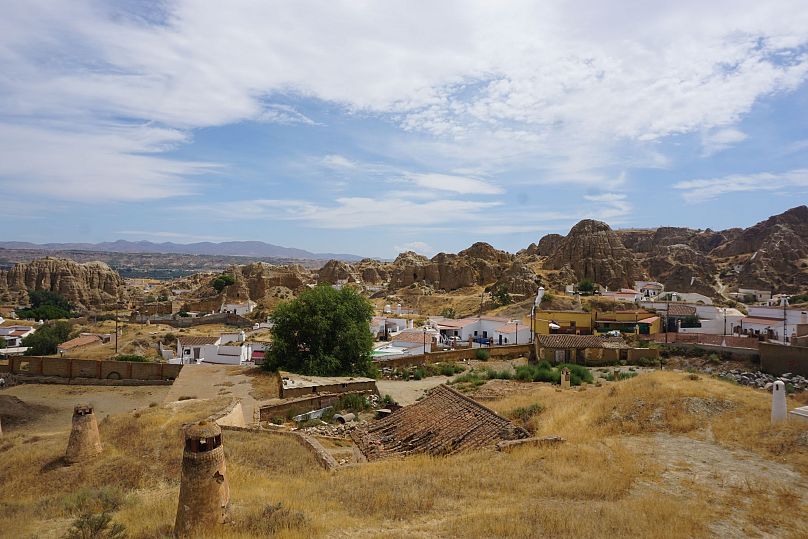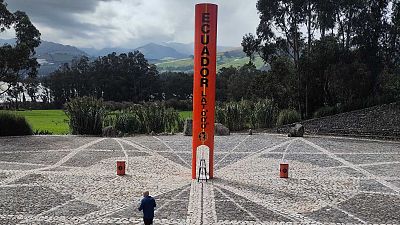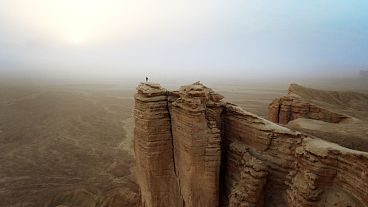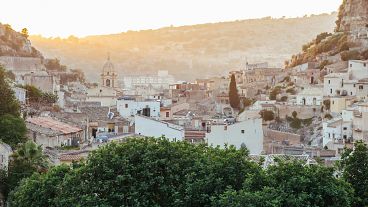Bibliophiles and cave lovers should take note of these underrated destinations.
Spain’s beach towns are at a bursting point. Protests have filled streets from Barcelona to Malaga this summer, with residents demanding that tourists go home.
But away from the country’s crowded coastline, depopulated rural villages are keen to pick up the slack.
“For years, Spain has promoted tourism focused on the sun and beaches,” says Francisco Mestre, president of Los Pueblos Más Bonitos de España. “However, it is the villages and small towns inside Spain that show the authenticity of the country.”
Modelled on the French ‘Les Plus Beaux Villages de France’ association, the organisation has celebrated 116 of Spain’s most beautiful villages and towns over the last decade for their architecture, cultural heritage and green spaces.
Among them is Anento, a picturesque village occupying a limestone valley in the province of Zaragoza.
In 10 years, it has gone from having just 100 inhabitants and 2,000 visitors a year to welcoming some 45,000 tourists annually. They come for its turquoise natural spring and striking Gothic church.
To maintain this momentum, two new restaurants, a hotel, agritourism flats and a tourism office have recently been built in the village, while the former football pitch has been converted into a car park.
It’s not the only Spanish town looking to reverse depopulation through tourism.
From mining to literature: The reinvention of a tiny Spanish village
Despite its name meaning ‘books’ in Spanish, the village of Libros has no library.
Many believe its moniker references the shape of the mountains that surround the settlement, which is located in a valley in the eastern province of Teruel.
But now, Libros is leveraging its name to rebrand itself as the literary capital of Spain.
Faced with depopulation after its sulphur ore mines closed in 1956, Libros today has just 114 inhabitants.
But the mayor has a plan to restore the village to its former glory.
During one of the Mi Pueblo Lee (My Village Reads) association’s film festivals, the idea of making Libros the literary capital came up.
A post on X by Maribel Medina, a writer from Navarre, asking why the village had no library led to books arriving in Libros from all corners of the world, from Argentina to Germany. Within a year, more than 50,000 had been sent.
At the end of this year, the construction of a hotel-library to house the donated books will start in Libros, and there are also plans to redevelop the former mining district.
Streets in the town have since been named after famous writers, and there are plans to create a literary avenue with lamps bearing quotes from books.
“Already from Medina's first tweet, tourists have started to appear in the village,” says Mayor Raúl Arana Calomarde. “For now, we only have two guest houses for tourists, but they are already attracting a lot of interest, so we will soon build a hotel with 20 rooms.
“We are getting tourists who want peace and an active holiday among the river, mountains and forests.”
For towns such as Anento and Libros, tourism is not only an opportunity to boost the economy but simply to survive, as it creates jobs attracting new residents.
Switch Spain’s coast for cave hotels and underground spas
Less than two hours by train from Malaga, Guadix has also been working hard to lure tourists from Spain’s crowded coast to its rocky interior.
Here, olive groves fade into jagged ochre terrain that conceals the intriguing underground homes that earned the town of 20,000 its title as the European Capital of Caves.
While some of these have been inhabited since prehistoric times, Guadix has only recently started to creep onto tourists’ radars.
“The UNESCO Geopark helped put the city on the tourist map,” says María Paz Expósito Aranda of the Guadix tourist office, referring to the town becoming part of the Global Geoparks Network in 2020.
“While tourists used to visit only in passing, today many of them spend several days here. National tourists come in the summer and foreign tourists in the winter.”
It has been 30 years since the first cave hotels were built in the province of Granada. Today there are more than 2,000 of them in the geopark - and new ones keep emerging.
“More tourists come to Guadix every year,” says Ángel Oller Del Águila, who recently opened Oro y Arcilla, a collection of three tourist apartments in the caves. “There is a boom in cave flats so I had no doubt that it was worthwhile to invest the money here.”
From viewpoints in the city, you can see a multitude of white chimneys, each one corresponding to one of the underground caves. This is part of their ventilation system.
“Caves are the best synergy between humans and nature,” says Natalia Guidani of the Andalusian Caves Association. “It’s quiet inside, there are no nets so it's a chance to relax. The temperature is constant between 18 and 22 degrees, so no air conditioning or warming is needed. It's not only economical but above all sustainable.”
Hoteliers aren’t the only ones cashing in on these perks in Guadix. Wineries, restaurants, spas and even chapels have also cropped up in the town’s underground network. Many residents of the cave settlement also invite tourists to their cave homes to show them what living conditions are like underground.
More than 50,000 tourists visit the underground chapel in the San Pedro Poveda parish annually, not only Catholics.
“Some seek positive energy here, for others, it is a place of recollection. Others renew their vows or baptise their children here, or pray for loved ones,” says Manuel Amezcua Morillas, parish priest for the two parish sanctuaries, Our Lady of Grace and San Pedro Poveda.
In the city centre, visitors can also admire the ruins of a Roman theatre from the year 25 AD, as well as the Baroque cathedral and the Moorish Alcazaba (fortress). But what makes Guadix unique on the map of Europe is its cave settlement.
This is its brand and its way of attracting tourists who want peace and quiet and a break from civilisation.












